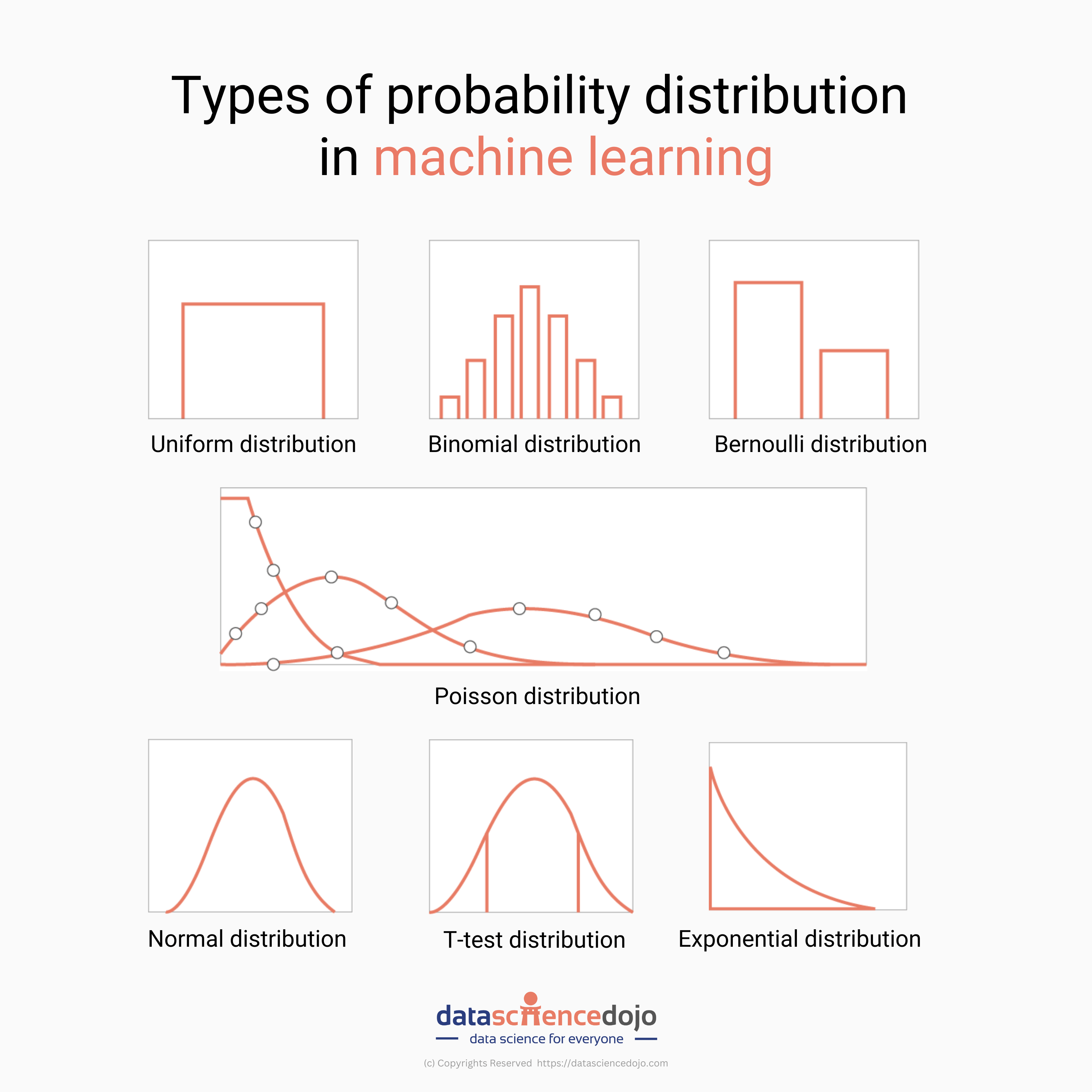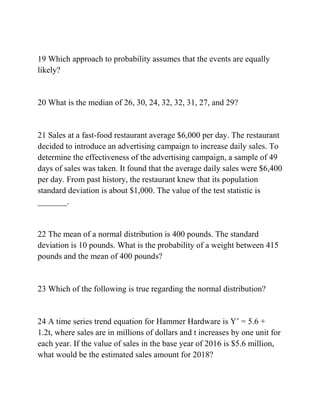When it comes to understanding probability, the Equal Likelihood Approach plays a significant role in determining the likelihood of events. This approach assumes that events are equally likely to occur, making it a fundamental concept in probability theory. By unraveling which events are equally likely, we can analyze and predict outcomes with more accuracy. The Equal Likelihood Approach simplifies complex probability problems by assuming each outcome has an equal chance of happening. This approach provides a foundation for calculating probabilities and making informed decisions based on statistical reasoning. Let’s delve deeper into how this approach shapes our understanding of randomness and uncertainty in the world of probability.
Introduction to Probability
Probability is a fundamental concept in mathematics and statistics that quantifies the likelihood of an event occurring. When we talk about the equal likelihood approach to probability, we are referring to a method that assumes all outcomes of an event are equally likely to occur.
Understanding the Equal Likelihood Approach
The equal likelihood approach to probability is based on the assumption that for a given event, all possible outcomes have an equal chance of happening. This approach is often used in situations where each outcome is equally likely to occur, such as flipping a fair coin or rolling a standard six-sided die.
By considering the equal likelihood of each outcome, we can calculate the probability of a specific event occurring by dividing the number of favorable outcomes by the total number of possible outcomes.
Application of Equal Likelihood Approach
In real-world scenarios, the equal likelihood approach to probability can be used to analyze various situations, such as predicting the outcome of a simple random experiment or determining the chances of winning a game of chance.
- Coin Toss: When flipping a fair coin, the probability of it landing heads or tails is 1/2, assuming the coin is unbiased.
- Dice Roll: Rolling a standard six-sided die yields an equal probability of 1/6 for each of the six possible outcomes.

Understanding the Equal Likelihood Approach
When it comes to probability, the Equal Likelihood Approach assumes that events are equally likely to occur. This approach suggests that when all possible outcomes are equally likely, each outcome has the same probability of happening. This concept plays a crucial role in various fields, including statistics, finance, and risk assessment.
Key Principles of the Equal Likelihood Approach
The Equal Likelihood Approach is based on the fundamental principle that each outcome in a sample space has an equal chance of occurring. It implies that when there are n possible outcomes, and they are all equally likely, the probability of any single outcome is 1/n. For example, when rolling a fair six-sided die, each number (1 to 6) has a probability of 1/6.
Application in Real-Life Scenarios
The Equal Likelihood Approach is applied in various real-life scenarios to calculate probabilities. For instance, in the field of insurance, it is used to determine the likelihood of specific events, such as accidents or natural disasters. By assuming that all outcomes are equally likely, insurance companies can assess risks and set premiums accordingly.

Identifying Events that are Equally Likely
When it comes to probability theory, the concept of identifying events that are equally likely plays a crucial role in determining the likelihood of outcomes. The Equal Likelihood Approach to Probability assumes that events are equally likely to occur, meaning that each event has an equal chance of happening. This approach is based on the fundamental principle that in a random and fair scenario, all outcomes have the same probability of occurring.
Determining Equal Likelihood
One common method of identifying events that are equally likely is by examining the nature of the events themselves. Events are considered equally likely if they have the same number of possible outcomes, and each outcome is equally probable. For example, when rolling a fair six-sided die, each number has an equal chance of appearing, making all outcomes equally likely.
Application in Real-Life Scenarios
The concept of identifying events that are equally likely has practical applications in various real-life scenarios. For instance, in games of chance such as coin tossing or card games, the Equal Likelihood Approach helps in determining the fairness of the game and predicting outcomes based on the assumption of equal likelihood.
- Coin Tossing: In a fair coin toss, the probability of the coin landing on heads or tails is considered equal, with each outcome having a 50% chance of occurring.
- Card Games: In card games like poker or blackjack, the Equal Likelihood Approach assists in calculating the probability of drawing specific cards or combinations, assuming each card has an equal likelihood of being drawn.
Applications of the Equal Likelihood Approach
The Equal Likelihood Approach to probability is a fundamental concept in statistics and probability theory. It assumes that all events have an equal probability of occurring, providing a simple and straightforward way to analyze and predict outcomes.
Decision Making
One of the key applications of the Equal Likelihood Approach is in decision-making processes. By assuming that each event is equally likely, decision-makers can evaluate different options objectively and make informed choices based on probability.
This approach helps in minimizing bias and subjectivity in decision-making, leading to more rational and reliable outcomes. It provides a systematic way of assessing risks and rewards.
Education and Research
In the field of education and research, the Equal Likelihood Approach is used to teach students the basics of probability theory. By starting with the assumption that all events are equally likely, educators can build a strong foundation for more complex probability concepts.
- It helps students understand the concept of probability distribution.
- It forms the basis for statistical analysis in research studies.
Frequently Asked Questions
-
- What is the Equal Likelihood Approach to Probability?
- The Equal Likelihood Approach to Probability is a principle in probability theory that states when all outcomes of an event are equally likely to occur.
-
- How is the Equal Likelihood Approach applied in determining probabilities?
- In the Equal Likelihood Approach, if all outcomes are equally likely, then the probability of an event occurring is the ratio of favorable outcomes to total possible outcomes.
-
- Can you provide an example of the Equal Likelihood Approach in action?
- For example, when rolling a fair six-sided die, the probability of rolling a specific number, say 3, is 1/6 because there is only one favorable outcome out of six possible outcomes.
-
- What types of events are suitable for the Equal Likelihood Approach?
- Events where each outcome is equally likely to happen, such as fair dice rolls, coin flips, and drawing cards from a well-shuffled deck, are suitable for applying the Equal Likelihood Approach.
-
- How does the Equal Likelihood Approach help in understanding probabilities?
- The Equal Likelihood Approach simplifies the calculation of probabilities for events with equally likely outcomes, making it easier to grasp and apply the concept of probability in these scenarios.
Unlocking the Power of Equal Likelihood Approach: A Game Changer in Probability
In summary, the Equal Likelihood Approach to probability stands out as a method that assumes all outcomes are equally likely to occur. By delving into this approach, we unraveled how it helps us analyze events where each outcome has an equal chance of happening. Embracing this method provides a solid foundation for solving probability problems and making informed decisions. Understanding which events are equally likely opens up a world of possibilities in fields ranging from statistics to everyday life scenarios. With the Equal Likelihood Approach in your toolkit, you are equipped to navigate the intricate web of probabilities with clarity and confidence.

